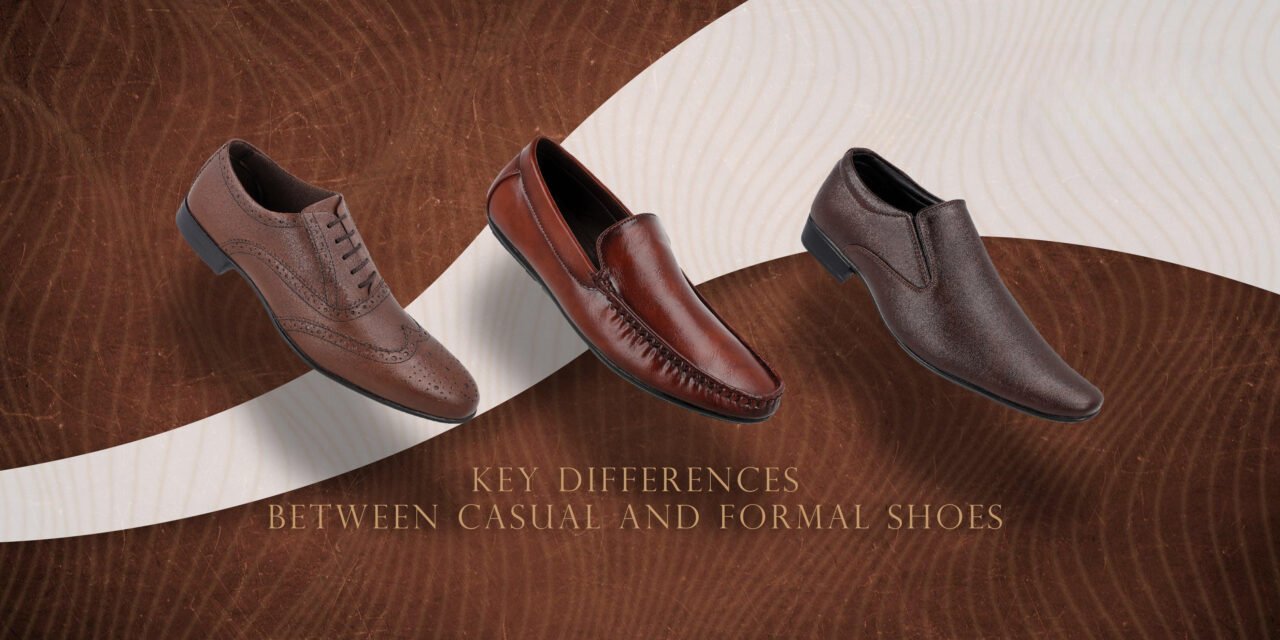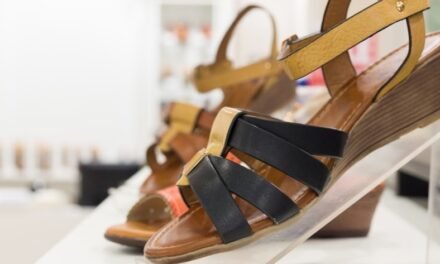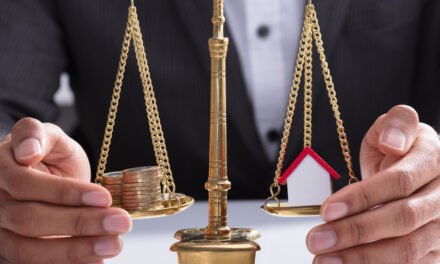Formal and casual leather shoes in men’s footwear are distinguished by their design, construction, materials, finish, and intended purpose. While formal shoes are sleek, polished, and structured for professional or elegant settings, casual leather shoes prioritize comfort, relaxed aesthetics, and versatility for everyday wear. Here is a detailed comparison of the key distinctions:
1. Design and Structure
- Formal Shoes:
- Feature a sleek, streamlined design with minimal stitching and detailing.
- Structured with a narrow, elongated silhouette and a slim sole for an elegant appearance.
- Examples include:
- Oxford
- Derby
- Monk Strap
- Loafers (in polished designs).
- Casual Shoes:
- Have a more relaxed and informal design with broader silhouettes and chunkier soles.
- Can include decorative details like contrast stitching, buckles, or textured finishes.
- Examples include:
- Brogues (when styled casually)
- Chukka Boots
- Casual Loafers
- Moccasins
- Leather Sneakers.
2. Leather Type and Finish
- Formal Shoes:
- Made from high-quality leathers such as:
- Full-grain leather: Durable, natural texture, and luxurious patina.
- Calfskin leather: Soft, fine-grained, and smooth for a premium look.
- Patent leather: Coated with a high-gloss finish for evening wear.
- Surfaces are smooth, polished, and free from heavy textures or patterns.
- Made from high-quality leathers such as:
- Casual Shoes:
- Use a variety of leather finishes to add texture and visual interest:
- Suede: Soft, matte, and ideal for a laid-back look.
- Pebble-grain leather: Textured and rugged for casual aesthetics.
- Nubuck: Velvety surface with a relaxed, semi-casual appeal.
- May incorporate distressed or matte finishes for a more rugged appearance.
- Use a variety of leather finishes to add texture and visual interest:
3. Lacing System
- Formal Shoes:
- Feature closed lacing (as in Oxfords) for a clean, refined look.
- Thin, round waxed laces are used to maintain elegance.
- Casual Shoes:
- Often have open lacing (as in Derby shoes) or no laces at all (e.g., loafers, moccasins).
- Laces may be thicker, flat, or colorful for a more relaxed appearance.
4. Soles
- Formal Shoes:
- Feature thin, leather soles or high-quality synthetic soles.
- Leather soles enhance the sleek profile of formal shoes.
- Soles are usually stitched, not glued, for durability and elegance.
- Casual Shoes:
- Feature thicker, more comfortable soles made of rubber, crepe, or synthetic materials.
- Often designed for grip, flexibility, and shock absorption.
- Some casual styles incorporate chunky or textured soles for added style and functionality.
5. Detailing and Decoration
- Formal Shoes:
- Minimal detailing to maintain a clean and polished look.
- Decorative elements like brogue perforations are subtle (e.g., quarter or semi-brogues).
- Stitching is neat and discreet.
- Casual Shoes:
- More decorative and rugged details, such as:
- Contrast stitching.
- Prominent brogueing or decorative perforations.
- Buckles, straps, or tassels (e.g., on casual loafers).
- Distressed finishes for added character.
- More decorative and rugged details, such as:
6. Color Palette
- Formal Shoes:
- Classic, understated colors such as:
- Black (most formal)
- Dark brown
- Oxblood/Burgundy
- Tan (for less formal settings).
- Classic, understated colors such as:
- Casual Shoes:
- Wider variety of colors and finishes, including:
- Lighter browns, navy, gray, or even bold shades.
- Two-tone or multi-color designs for a relaxed look.
- Suede and matte finishes allow for more color versatility.
- Wider variety of colors and finishes, including:
7. Comfort and Fit
- Formal Shoes:
- Structured to provide a snug and polished fit.
- May prioritize aesthetics over comfort in some styles.
- Leather soles are often less cushioned compared to rubber soles.
- Casual Shoes:
- Designed for comfort and flexibility.
- Often incorporate padded insoles, cushioned soles, and breathable materials.
- Ideal for prolonged wear and walking.
8. Purpose and Occasion
- Formal Shoes:
- Best suited for:
- Business attire: Office wear, boardroom meetings.
- Formal occasions: Weddings, black-tie events.
- Professional dress codes.
- Example: Black oxford shoes with a suit.
- Best suited for:
- Casual Shoes:
- Suitable for relaxed settings, including:
- Smart-casual events (e.g., loafers with chinos).
- Weekend wear or informal outings.
- Travel or daily casual outfits.
- Example: Suede loafers with jeans or chukka boots with chinos.
- Suitable for relaxed settings, including:
Conclusion
The primary distinctions between formal and casual leather shoes lie in their design, detailing, and purpose:
- Formal shoes focus on a sleek, polished appearance suitable for professional and elegant occasions. Key styles include oxfords, monk straps, and patent leather dress shoes.
- Casual shoes prioritize comfort, versatility, and relaxed aesthetics. Styles like loafers, suede chukkas, and leather sneakers work well for informal and smart-casual settings.
Hashtags
#MensFootwear #ShoeGameStrong #FashionForward #LeatherLove #ShoeObsessed #MensWardrobe #ElevateYourStyle #HandcraftedShoes #VersatileFootwear #DapperShoes #MensStyleInspo #EffortlessElegance #SleekAndStylish #MensFashionGoals #ShoeAddict #MensStyleGuide #StylishShoes #MensFashionista #ShoeEnvy #MensFashionTips #ShoeGoals







